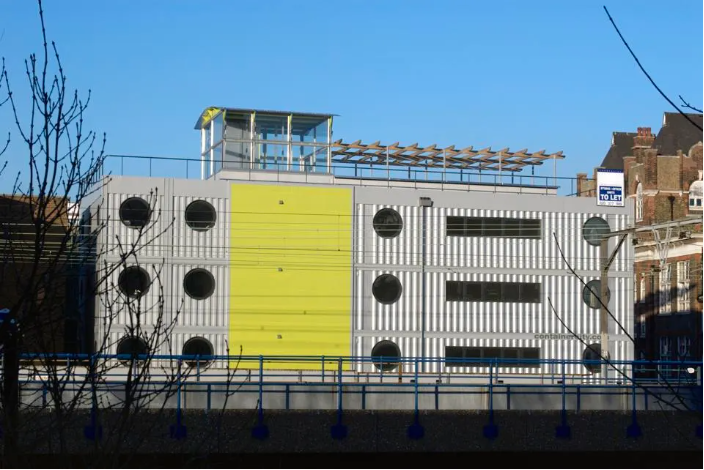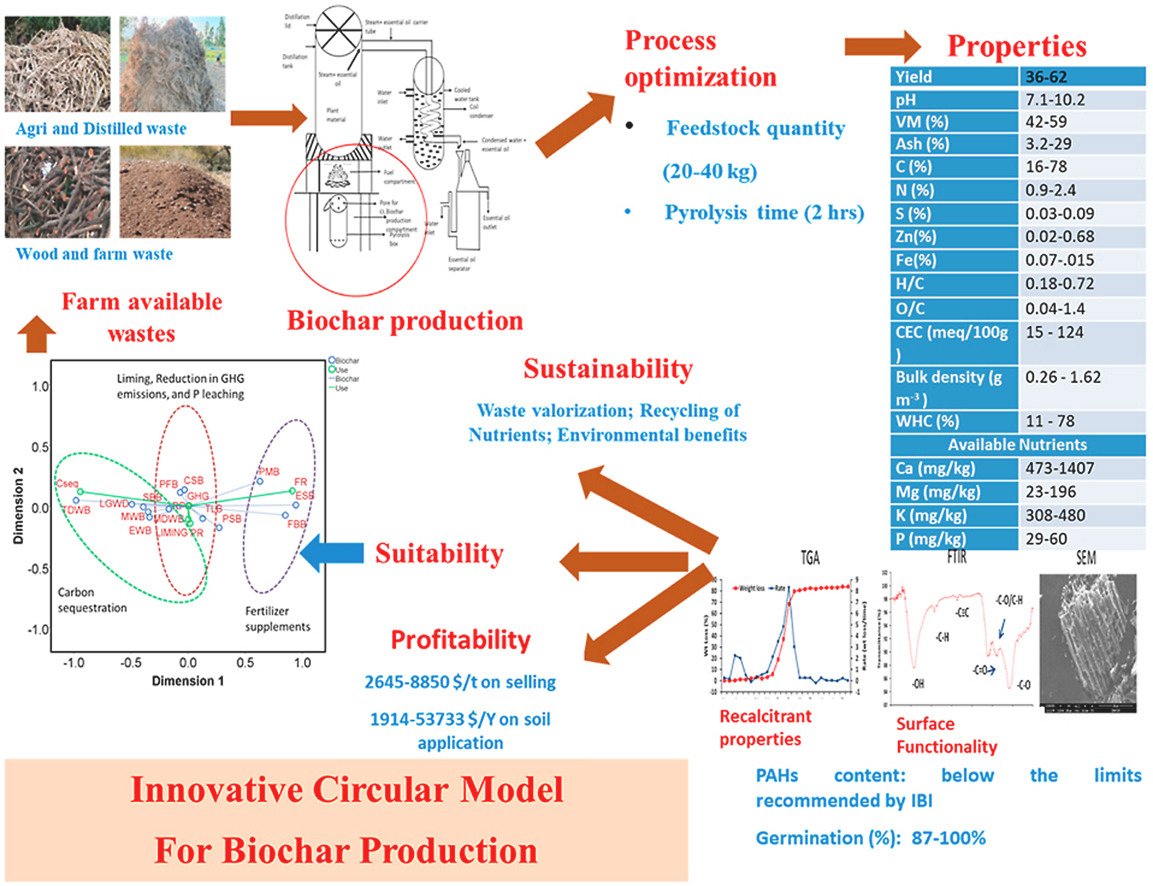By Dr. Renuka Thakore | Founder & CEO, Global Sustainable Futures Network CICLecturer in Environment and Sustainability, University of Central Lancashire
As the construction industry grapples with its environmental footprint, modular and prefabricated housing is emerging as a transformative force in the shift towards sustainability. I am honoured to be featured as the lead expert in Forbes’ latest article on modular construction—an opportunity to spotlight how this innovative approach aligns perfectly with our mission at the Global Sustainable Futures Network (GSFN).
So, can modular housing truly make construction more sustainable?
Yes—and here’s why
Reduced Manufacturing Waste
Unlike traditional construction, modular housing is built in controlled factory environments. This precision significantly reduces material waste, minimizing construction errors and optimizing every resource used. As I noted in the article, this controlled setting is key to “reducing errors and excess materials.”
Compact, Efficient, and Adaptable Designs
Modular homes are designed with efficiency in mind. Their standardized components mean fewer raw materials and greater design consistency. Even more impressively, their flexible layouts allow them to serve diverse functions, from affordable family housing to emergency shelters.
Embracing Reuse and Recycled Materials
Many modular housing initiatives are now integrating recycled waste materials, a practice that cuts down landfill waste and conserves natural resources. These homes can even be dismantled and repurposed, extending their lifecycle and aligning with circular economy principles—reuse, refurbishment, and recycling.
“Their compact designs also make them perfect for repurposing in future projects,” I shared with Forbes. “Modular housing is the way forward for developers to align with the circular economy principles.”
But It’s Not Without Challenges
Transport Emissions
One of the most significant challenges is the carbon footprint associated with transporting large prefabricated modules—often across long distances. This adds an environmental burden that must be addressed to fully realize modular housing’s sustainable promise.
Mitigating Transport Impacts
To reduce these emissions, we can adopt strategic solutions such as:
- Building closer to project sites
- Using electric or lower-emission transport
- Favouring rail over road where feasible
Unlocking New Opportunities
Modular construction doesn’t just reduce environmental harm—it unlocks new pathways for climate-resilient infrastructure:
- Enhances housing equity and accessibility
- Supports post-disaster reconstruction with speed
- Accelerates our journey towards Net Zero housing targets
- Catalyses innovation in material science and green architecture
At GSFN, we believe in championing innovations that serve both people and planet. Modular housing, when scaled with care and supported by green logistics and circular economy principles, can revolutionize construction across regions—including underserved, climate-vulnerable communities.
Let us continue to explore, educate, and empower—because the future of sustainable development is modular, circular, and inclusive.
Read the full Forbes article to see how modular housing is reshaping our world—with sustainability at its core
Want to collaborate with GSFN on sustainable housing or climate resilience? Get in touch!






70betlogin is straight to the place you want to be. No need to mess around or get scammed with fake links. Visit 70betlogin.